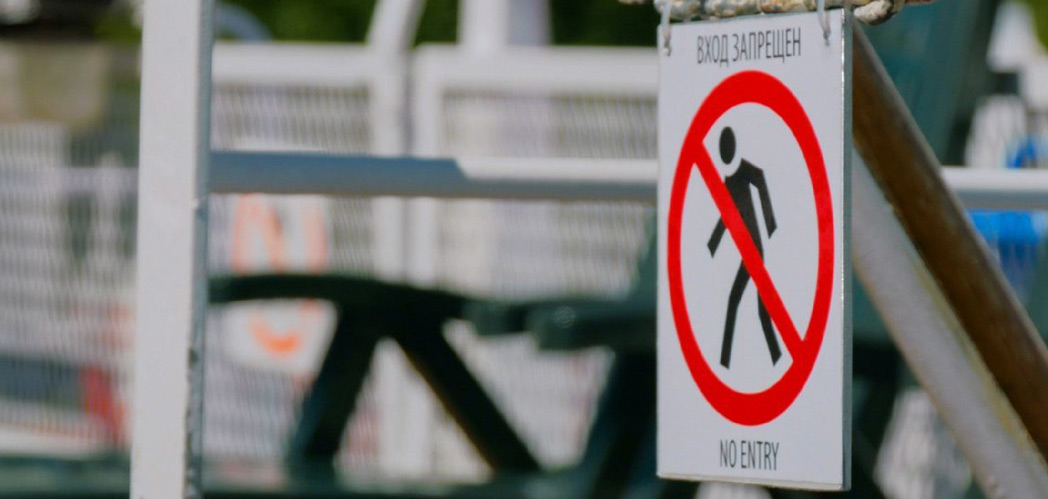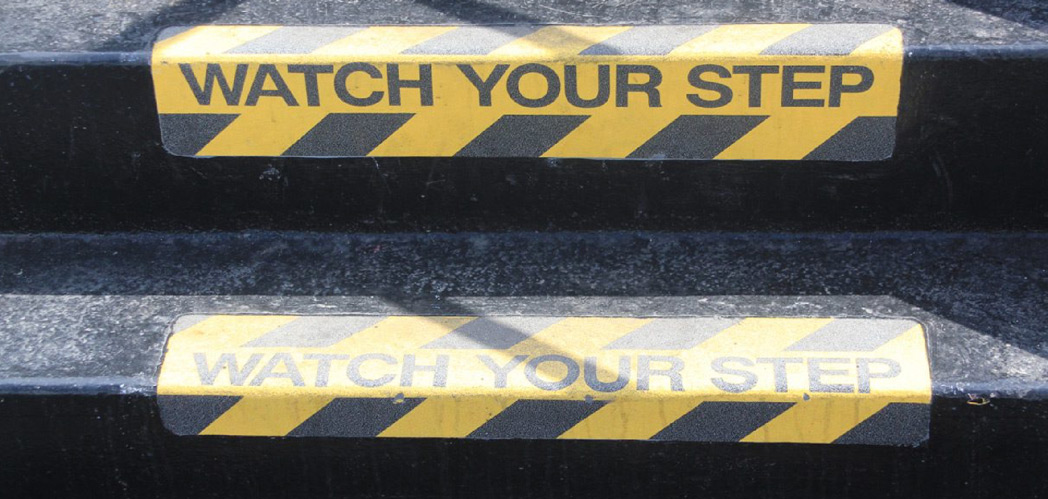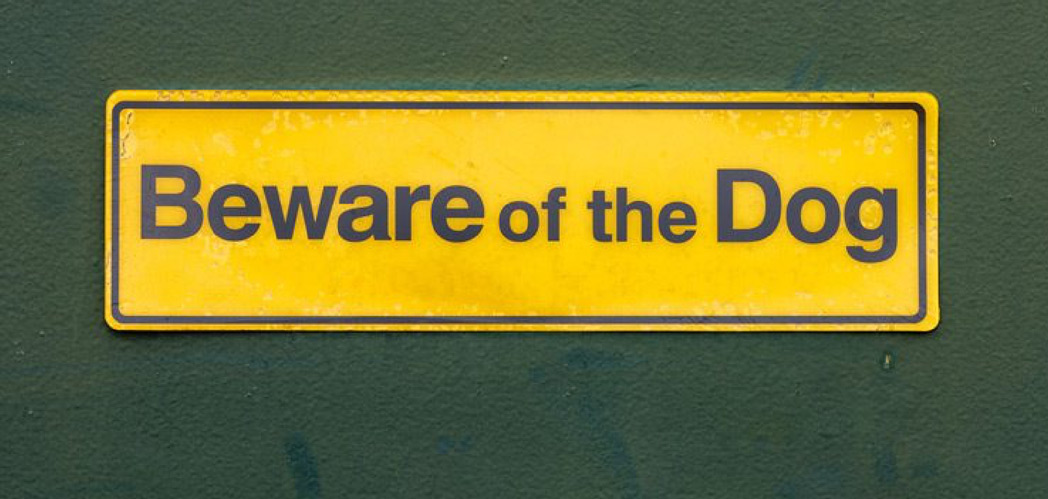When an individual enters a property, he or she has the right to expect a reasonably safe property. Property owners are legally obligated to take certain precautionary measures to ensure visitors don’t get injured. The specific obligations of a property owner are defined by premises liability law.
History of Visitor Classification
A visitor is legally referred to as a property entrant, and under California law there are three primary categories of property entrants. Traditionally, the classification of an entrant was determined by the specific obligations, or legal duties, of a property owner. However, in 1968 the Supreme Court of California ruled that the category of a visitor is just one component of property injury claims. In a case, the jury will need to consider additional factors to determine the total compensation a plaintiff is eligible to receive.
How Property Visitors Are Classified

Visitors entering public and private properties are divided into the following categories:
- Invitees: Guests on public property, or guests who are invited to a property for the economic benefit of the owner (for example, shoppers in a store).
- Licensees: Guests invited to a property for social reasons, not to give any economic benefit to the owner (for example, friends invited to lunch at a home).
- Trespassers: People who enter a property uninvited, against the wishes of the owner.
Property owners carry the highest level of obligation to the safety of invitees, compared to other types of visitors. The property owner is required to inspect the premises, identify defects or hazardous conditions, and either post a written warning of dangerous conditions or make reasonable efforts to correct the hazards.
Property owners have an intermediate obligation to licensees. Before a licensee visits a property, the owner should make an effort to correct dangerous conditions. If the licensee has arrived and the repairs haven’t been done, property owners must provide a warning about known hazards on the property.
Finally, property owners have a minimal obligation to trespassers. Property owners are not allowed to set traps for trespassers and must warn trespassers of serious hazards, but only if the owner was aware of trespassers repeatedly coming onto their property.

The Importance of Visitor Classification
In the past, California courts exclusively considered the category of a visitor when determining the legal obligations of property owners for visitors’ injuries. But in the 1968 case Rowland v. Christian, the California Supreme Court ended this rigid system after an injured victim lost a case before a jury was even given the opportunity to consider the evidence. In that case, the judge ruled the victim didn’t have a valid argument to make under the current classification of visitors.
Today, juries in California take into account a wide range of factors when considering the victim’s right to compensation in property injury cases. The jury’s goal is to determine whether the property owner was reasonable in protecting visitors from harm. California Civil Jury Instructions 1001 defines the factors the jury is required to consider in assessing the liability of the property owner.






